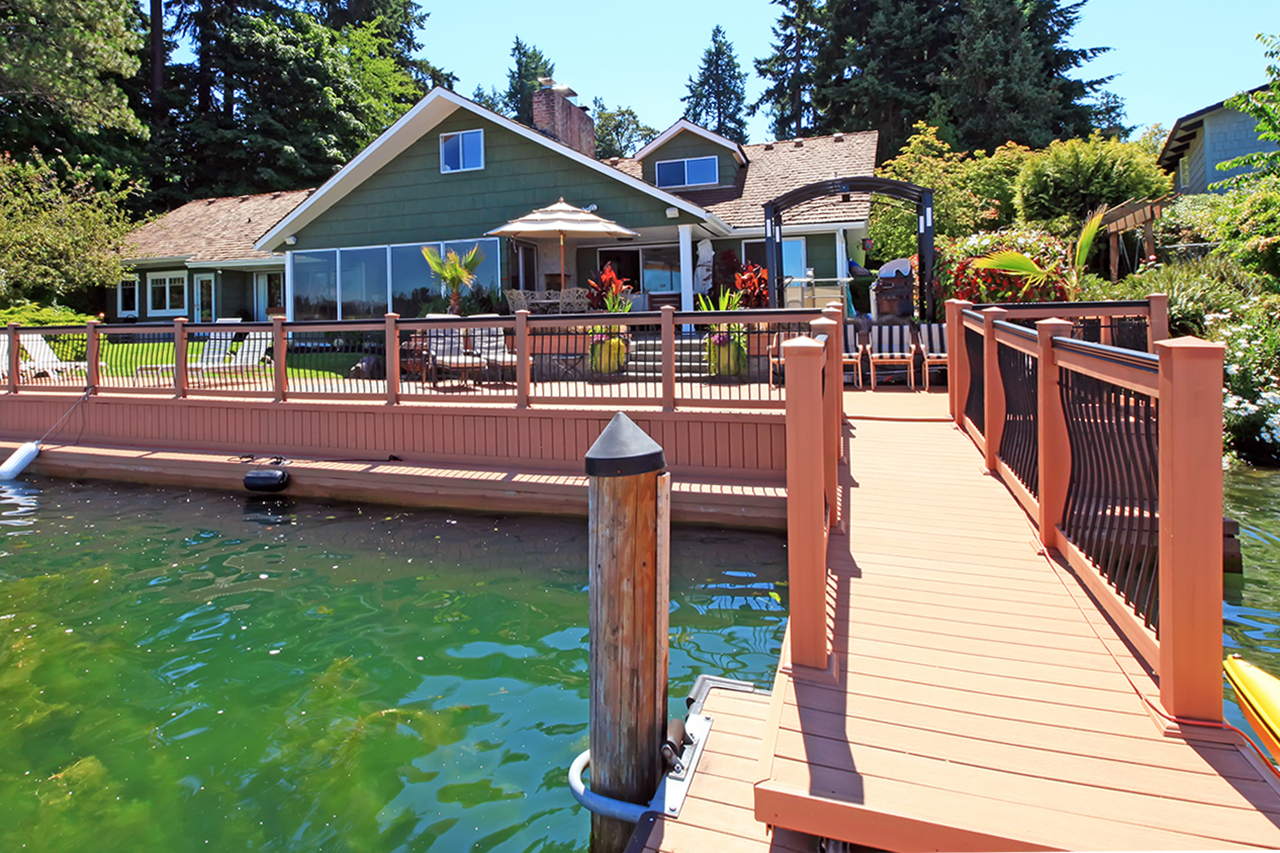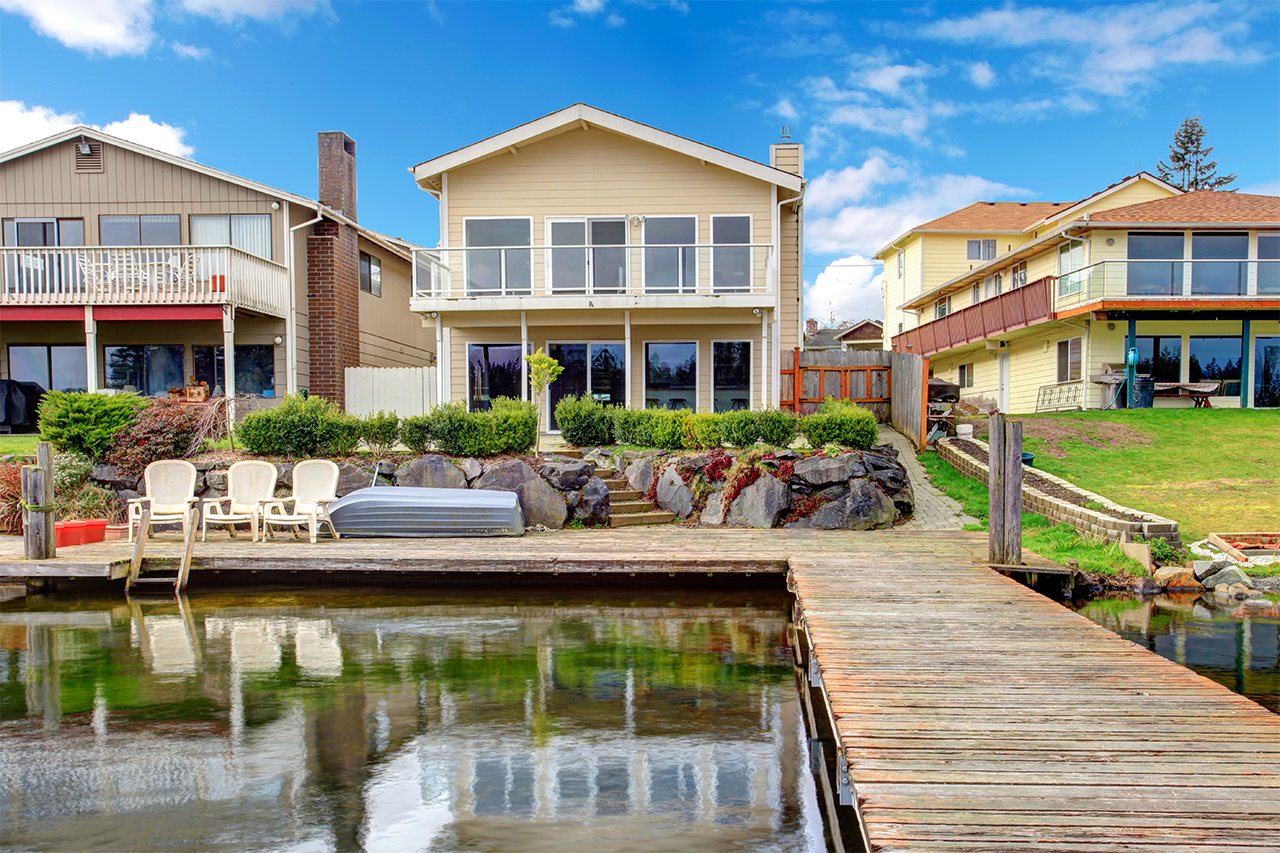
Find out what impacts boat dock repair costs and get expert tips to budget for repairs. Learn about average prices, cost factors, and ways to save.
Don’t let your dock deteriorate to a dangerous degree


Floating docks should last at least 20 years with the right maintenance and repairs.
The types and frequencies of repairs depend on the construction materials and dock location.
Neglecting to carry out essential repairs can reduce your dock’s longevity and pose a serious safety hazard.
Look out for signs of rotting, rusting, warping, wobbling, and cracking, and don’t ignore strange sounds.
It’s pretty easy to install a floating dock, which is one of the reasons they’re so popular among waterfront properties. They’re also ideal for spots where water levels fluctuate. While they won’t typically last as long as fixed docks, regularly repairing dock floats and keeping up with maintenance could mean they’re still in action after a few decades. Staying on top of repairs also prevents your dock from becoming an accident waiting to happen.
So what are the signs that your floating dock needs repairing? Read on so you can be proactive and get the work done before it becomes dangerous or irreparable.
Increasingly, floating docks use durable, lightweight materials like aluminum. However, it’s not uncommon for the beams and boards of a floating dock to be made from treated lumber.
Keep an eye out for these wooden beams starting to rot and weaken, as this is a major safety concern. They need speedy substitution to protect the structural integrity of the dock. Once the problem spreads, replacement rather than lower-cost repairs will be inevitable.
Steel, as well as aluminum, is a common metal for floating dock construction. The constant contact with water means rust or corrosion can be a headache if you don't keep it in check. Spreading rust on steel will also eventually compromise the platform's structural integrity. Nipping this in the bud before it becomes widespread minimizes unsightly damage and safety issues. Small rust spots are easy to patch up, but extensive corrosion requires major repairs or dock replacement.
Aluminum might not rust the way steel does, but over time, it can calcify, also leading to critical corrosion.

The constant turbulence of choppy currents means your dock can take regular beatings. Watch out for your dock platform looking a little wonky or for visible splits on its surface or supports. Major cracks or bends in dock supports are safety issues as they could be a sign of imminent caving—not something to overlook.
Tip: Ideally, you don’t want boats motoring into your dock at high speeds, but it sometimes happens. Installing dock bumpers can absorb harsh thuds and help prevent premature cracking.
Loose boards on your dock deck might not be a major structural worry, but you don’t want to trip or have a leg go right through a gap. Repairing these boards is one of those jobs you might be able to DIY with little to no cost. It might be as simple as hammering the loose board down. If the board is also cracking, warping, or rotting, replacing it is a better strategy.
Some docks have fingers or other modular sections. Dock fingers attach and run perpendicular to the main dock. These narrow sections sit on either side of the boat when it moors, making it easier to embark, disembark, park, and attach the boat. If modular dock sections become wobbly or droopy, there might be some loose fittings. However, it could also be an indicator of a larger structural problem.
Problems with an individual section can lead to issues with navigating the boat into the dock, make it unsafe when walking around on it, or even do damage to the other dock sections.

Cleats are t-shaped devices typically made from wood or metal that you tie ropes to for secure boat mooring. If these become loose, it might be a simple job to replace the screws to save your boat from floating away or banging against the dock. However, always inspect the dock around the cleat. Sometimes when cleats or other connection points work loose like this, it can be because the wood on the board is rotting.
If you’re hearing peculiar rattling, creaking, or grinding noises over the sound of waves lapping, this can be a sign that something’s amiss. Maybe loose screws or rotting boards are causing things to rub or catch. If you can’t locate the issue, it would be worth getting out a professional local dock builder to see if they can identify any problems.
You might get 20 years out of a dock constructed primarily from wood or double that for a galvanized steel or aluminum construction. But, even with the best maintenance and regular repairs, your dock will eventually submit to its dotage. If you have to make more regular, costly repairs, investing in a new dock might be better. The average cost to build a new boat dock is $16,000, although small floating docks can be considerably less than other types of boat docks.
From average costs to expert advice, get all the answers you need to get your job done.

Find out what impacts boat dock repair costs and get expert tips to budget for repairs. Learn about average prices, cost factors, and ways to save.

How much does it cost to build a dock? Get a detailed price breakdown, key cost factors, and money-saving tips for your dock project.

Discover the cost to wrap dock pilings. Learn about average prices, key cost factors, and tips to save on your dock piling wrap project.

A functional seawall is essential for preventing water damage at your coastal or waterfront property. Learn about average seawall repair costs to plan your budget for this project.

Get the facts on dock piling installation cost. Learn about average prices, cost factors, and ways to save when planning your dock piling project.